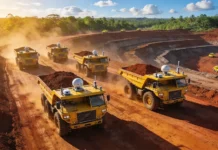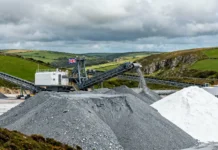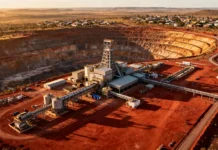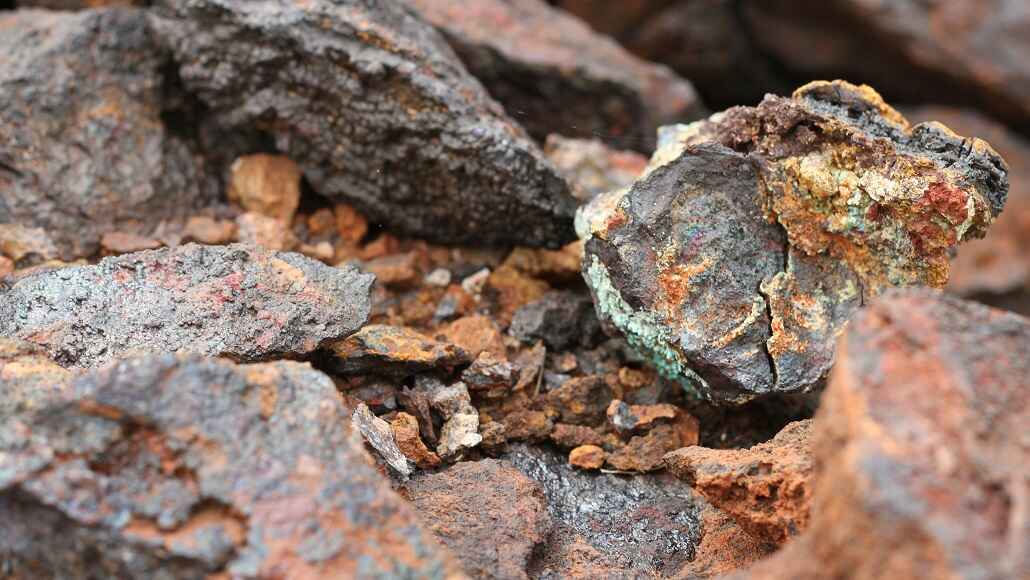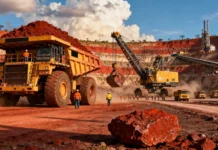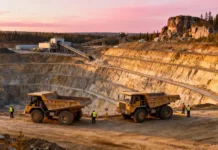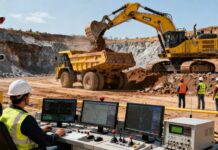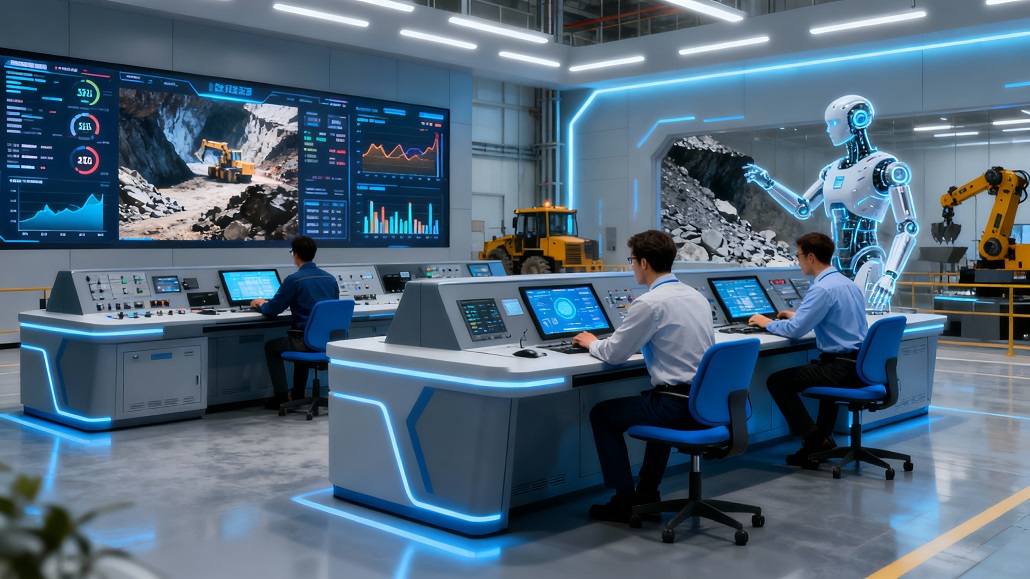The Rise of Digital Mines Redefining Smarter, Safer and Faster Operations
The mining industry stands at a technological inflection point. For decades, mining operations relied on experience-driven decision-making, periodic geological surveys, and reactive maintenance protocols. Today, this model is rapidly becoming obsolete. Digital transformation in mining represents far more than technology adoption—it constitutes a fundamental reimagining of how mining companies collect information, make decisions, and execute operations.
The convergence of artificial intelligence, Internet of Things sensors, advanced analytics, and automation technologies is creating digital mines that operate with unprecedented efficiency, safety, and precision. These aren’t hypothetical future concepts. Leading mining operations worldwide already deploy sophisticated digital systems generating competitive advantages measurable in production tonnage, cost reduction, and most importantly, worker safety metrics. For mining companies evaluating their technological trajectory, digital transformation isn’t optional strategic consideration—it represents operational necessity for remaining competitive.
Understanding Digital Transformation in Mining
Digital transformation in mining encompasses integrated systems where sensors, connectivity, data collection, and analytical platforms converge to create continuously learning, intelligently responsive operations. Unlike traditional mines where operational parameters remain relatively static until periodic reviews, digital mines operate dynamically, adjusting in real-time to changing conditions and emerging information.
The foundation rests on comprehensive sensor networks throughout mining operations. Temperature sensors, pressure monitors, vibration detectors, and chemical analyzers continuously stream data from extraction sites, processing facilities, and equipment. This sensor infrastructure transforms raw operational activity into structured information that advanced analytics platforms can interpret. Machine learning algorithms identify patterns humans would struggle to recognize in massive datasets, enabling insights that drive operational improvements.
The Technology Stack Enabling Digital Mines
Modern digital mining systems layer multiple interconnected technologies into coherent operational frameworks. IoT devices form the foundational layer, collecting granular data across mining operations. Edge computing systems process this data locally, reducing transmission requirements and enabling rapid local responses. Cloud platforms provide centralized analytics capabilities, applying machine learning algorithms to comprehensive datasets. Mobile applications and visualization systems deliver actionable intelligence to operational personnel.
This layered architecture enables something previously impossible: comprehensive real-time operational visibility. Mine managers can observe status of thousands of equipment pieces simultaneously, receive alerts when equipment approaches failure conditions, and access predictive analytics forecasting production outcomes with increasing accuracy. Smart mining platforms synthesize this information into dashboards presenting relevant data to different stakeholders—equipment operators receive maintenance alerts, production managers access output forecasts, and safety personnel monitor hazard indicators.
The integration proves critical. Individual technologies deployed in isolation provide limited value. However, when artificial intelligence analyzes sensor data to predict equipment failures, maintenance teams receive alerts before failures occur, and production scheduling adjusts automatically—comprehensive integration multiplies effectiveness dramatically.
Safety Transformation Through Predictive Analytics
Mining safety traditionally operated through compliance frameworks and incident investigation. Companies followed established safety protocols, conducted inspections, and addressed problems after incidents occurred. This reactive approach, while better than no systematic safety management, leaves substantial safety improvements unrealized.
Digital transformation in mining enables fundamentally different safety paradigm. Predictive analytics examining historical data and current conditions can identify emerging hazards before incidents occur. Equipment monitoring systems detect vibrations, temperature anomalies, or other indicators suggesting equipment failure, enabling preventive maintenance that eliminates failure-related accidents. Environmental monitoring systems track air quality, structural stability, and other factors affecting worker safety in real-time.
Autonomous systems and remote operation eliminate workers from highest-risk environments. Haul trucks operating without human drivers navigate mine sites with precision impossible for humans to achieve consistently. Drill rigs controlled remotely from surface operations remove operators from dangerous proximity to drilling operations. These automation applications don’t eliminate human workers—they reposition workers from hazardous environments into safer remote operation and monitoring roles.
Productivity and Efficiency Gains
The business case for digital mining extends far beyond safety. Mining companies implementing comprehensive digital systems consistently report productivity improvements of 15-25 percent compared to conventional operations. These gains arise through multiple mechanisms working in concert.
Real-time mining data enables optimization impossible with periodic information. Processing facilities adjust crushing and grinding parameters based on incoming ore composition measured continuously rather than from samples taken periodically. Extraction sequences adjust based on geological variations revealed through ongoing drilling data. Equipment is deployed where most productive rather than following static schedules. Collectively, these adjustments dramatically improve resource utilization.
Predictive maintenance represents another significant value source. Rather than following fixed maintenance schedules replacing parts before necessary, digital systems predict when maintenance becomes required. Equipment operates longer, unnecessary maintenance is eliminated, and maintenance activity happens when planned rather than causing unexpected production disruptions. Mining operations report extending equipment lifespan 20-30 percent through predictive maintenance approaches.
Automation Reshaping Mining Workforce
Automation enabled by digital transformation fundamentally alters mining workforce characteristics. Repetitive manual tasks increasingly transition to robotic systems or automated processes. Rather than representing workforce elimination, this transition repositions workers toward higher-value roles requiring technical expertise, strategic thinking, and judgment.
Modern mining operations employ fewer general laborers but require substantially more skilled technicians, data analysts, equipment specialists, and system engineers. This workforce transition demands proactive training and development investment. Mining companies most successfully implementing automation simultaneously invest in workforce development, retraining existing personnel and recruiting individuals with technology expertise.
The quality-of-life implications for workers prove substantial. Rather than physically demanding roles in harsh underground conditions, workers increasingly perform monitoring, maintenance, and optimization work in controlled environments. Injury rates decline, occupational health improves, and worker satisfaction increases. These improvements create virtuous cycles where improved working conditions enable recruiting higher-quality personnel.
Implementation Challenges and Digital Integration Complexities
Deploying comprehensive digital systems confronts numerous practical obstacles. Legacy mining infrastructure often proves incompatible with modern sensor networks and connectivity requirements. Establishing reliable high-speed connectivity in underground mining environments remains technically challenging and expensive. Data security concerns legitimate when mining operations depend on interconnected digital systems vulnerable to cyber threats.
Mining companies in remote locations face particular challenges. Infrastructure supporting digital systems—reliable electricity, high-speed internet connectivity, technical support—remains underdeveloped in many mining regions. Recruiting and retaining personnel with necessary technical expertise proves difficult when mining locations offer limited amenities or career development opportunities.
Organizations addressing these challenges most effectively employ phased implementation approaches, beginning with high-value applications where digital improvements deliver substantial benefits relative to implementation complexity. Successful deployments often start with predictive maintenance on critical equipment, then expand to production optimization, and eventually scale toward comprehensive integrated digital systems.
The Emerging Ecosystem: Software, Platforms, and Vendors
Digital transformation in mining has created substantial market opportunity attracting diverse technology vendors and specialized mining software providers. Dedicated mining software platforms now provide integrated solutions addressing production management, asset tracking, safety monitoring, and analytics. These platforms increasingly employ cloud delivery models, reducing infrastructure requirements for mining operators.
The ecosystem evolution suggests standardization gradually emerging around certain platforms and approaches. Rather than each mining company building custom digital systems, industry consolidation around specific platforms reduces costs and improves interoperability. This standardization should accelerate adoption, particularly among smaller mining companies unable to justify custom system development.
The Future Digital Mining Landscape
The trajectory of digital transformation in mining points toward increasingly autonomous, intelligently responsive operations. Emerging technologies like advanced artificial intelligence, quantum computing for complex optimization problems, and augmented reality systems for worker guidance suggest the next evolution will prove equally transformative as current developments.
Mining operations of the coming decade will likely divide into two categories: those fully embracing digital transformation and capturing associated competitive advantages, and those maintaining partially digital or conventional operations with corresponding competitive disadvantages. The performance gaps between these groups will likely widen as digitally advanced operations continuously improve through accumulated data and machine learning while conventional operations remain static.
For mining companies making technology investment decisions today, the question isn’t whether to pursue digital transformation but how rapidly to implement comprehensive systems. Companies moving aggressively toward integrated digital operations position themselves as industry leaders. Those hesitating risk obsolescence as peer companies establish performance advantages that compound over time. The rise of digital mines represents perhaps the most significant operational transformation mining has experienced, and companies adapting quickly will define the industry’s next era.


